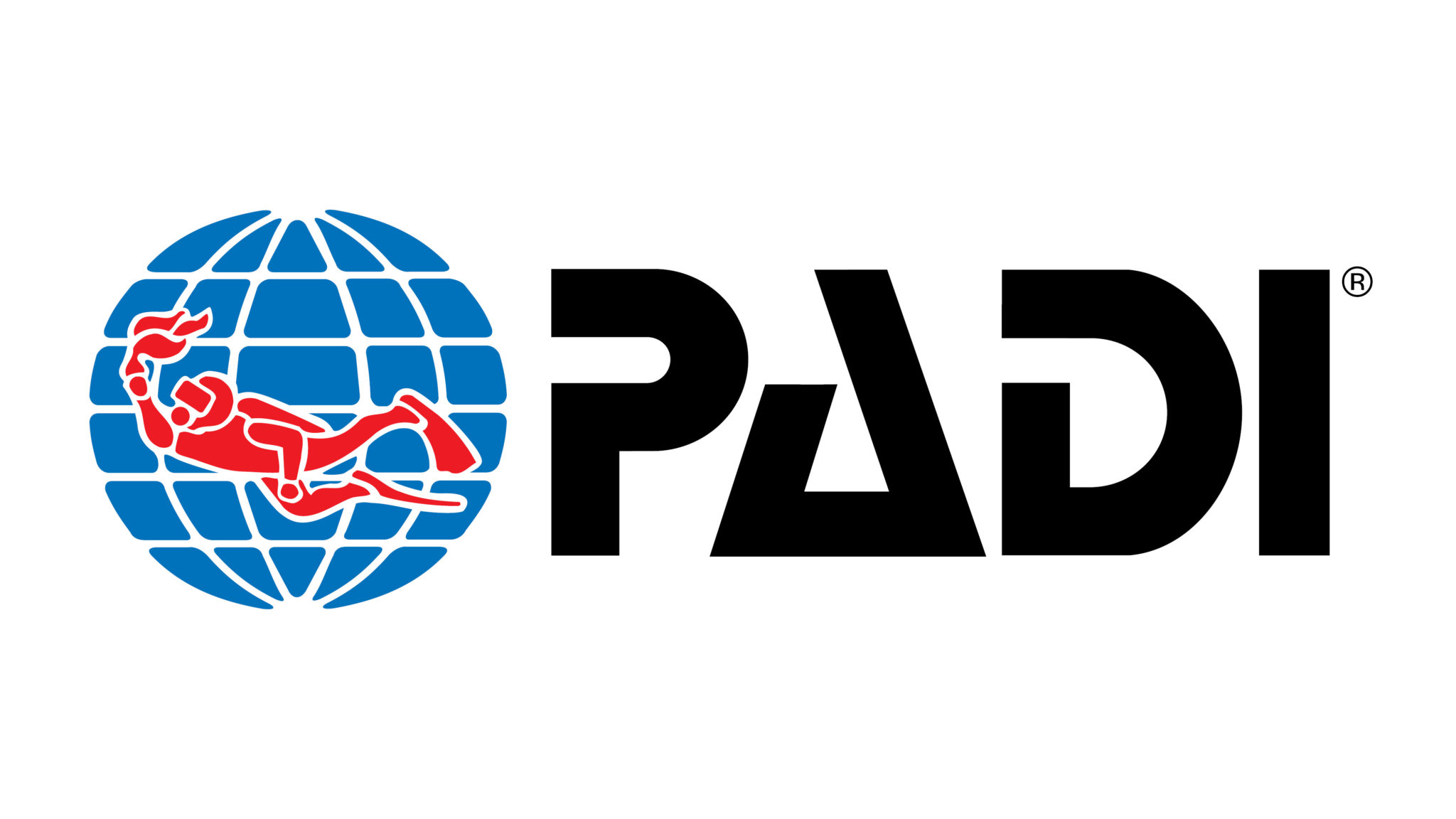Lift Bag Calculator
Calculate the lift bag capacity and air volume required to recover an underwater object from fresh or salt water. Enter the object's weight, volume, and water depth to determine the required lift capacity.
Calculate Lift Requirements
Lift Capacity Required
14.9 kg
Weight
14.5 L
Volume
Air Volume Required at Depth
43.5 L
At 20m depth (3.0 ATA)
Pressure used from 12L cylinder: 1 bar (18 psi)
From 232 bar full cylinder (2,784L total capacity)
Calculation Details
Object weight in air: 20.0 kg
Buoyant force: 5.1 kg (salt water)
Net weight underwater: 14.9 kg
Water density: 1.025 kg/L
Pressure at depth: 3.0 ATA
Recommendations
- • Use a lift bag rated for at least 23 kg capacity
- • Bring 53 L of air supply (20% safety margin)
Common Lift Scenarios & How It Works
How Lift Bags Work
1. Buoyancy Physics
Objects underwater experience upward force equal to the weight of water they displace. The heavier the water (salt vs fresh), the more buoyant force.
2. Net Weight Calculation
Net weight = Object weight - Buoyant force. This is what your lift bag needs to overcome.
3. Pressure & Air Volume
Deeper = higher pressure = more air needed. At 20m, you need 3x the surface air volume.
Common Lift Scenarios
Anchor Recovery
Dense metal objects with minimal water displacement. Typically need high lift capacity relative to size.
Example: 15kg anchor, 2L volume → ~13kg lift needed
Equipment Salvage
Dive equipment, cameras, tools. Often have air spaces that affect buoyancy calculations.
Example: 5kg camera, 3L volume → ~2kg lift needed
Debris Removal
Irregular objects, marine litter. Volume estimation is critical for accurate calculations.
Example: 8kg debris, 4L volume → ~4kg lift needed
Safety Guidelines
Always use a lift bag rated for 150% of calculated capacity
Control ascent rate - lift bags expand as pressure decreases
Never attempt lift bag operations alone - always dive with a buddy
Practice lift bag techniques in controlled environments first
Volume Estimation Tips
• Regular objects: Length × Width × Height
• Irregular objects: Compare to known volumes (water bottle = ~0.5L)
• Complex shapes: Break into simpler geometric shapes
• When in doubt: Overestimate volume - it's safer to have extra lift capacity
Always use appropriately rated lift bags, control ascent rates, practice techniques safely, and dive with a buddy.
Recommended Lift Bags
Quality lift bags are essential for safe underwater recovery operations. Here are our recommended products:
Affiliate Disclosure: Divers Buddy may earn a commission from qualifying purchases through our Amazon affiliate links. This helps support our free tools and doesn't affect the price you pay. We only recommend products we believe in.





